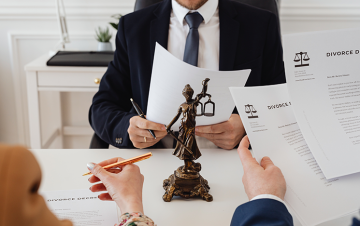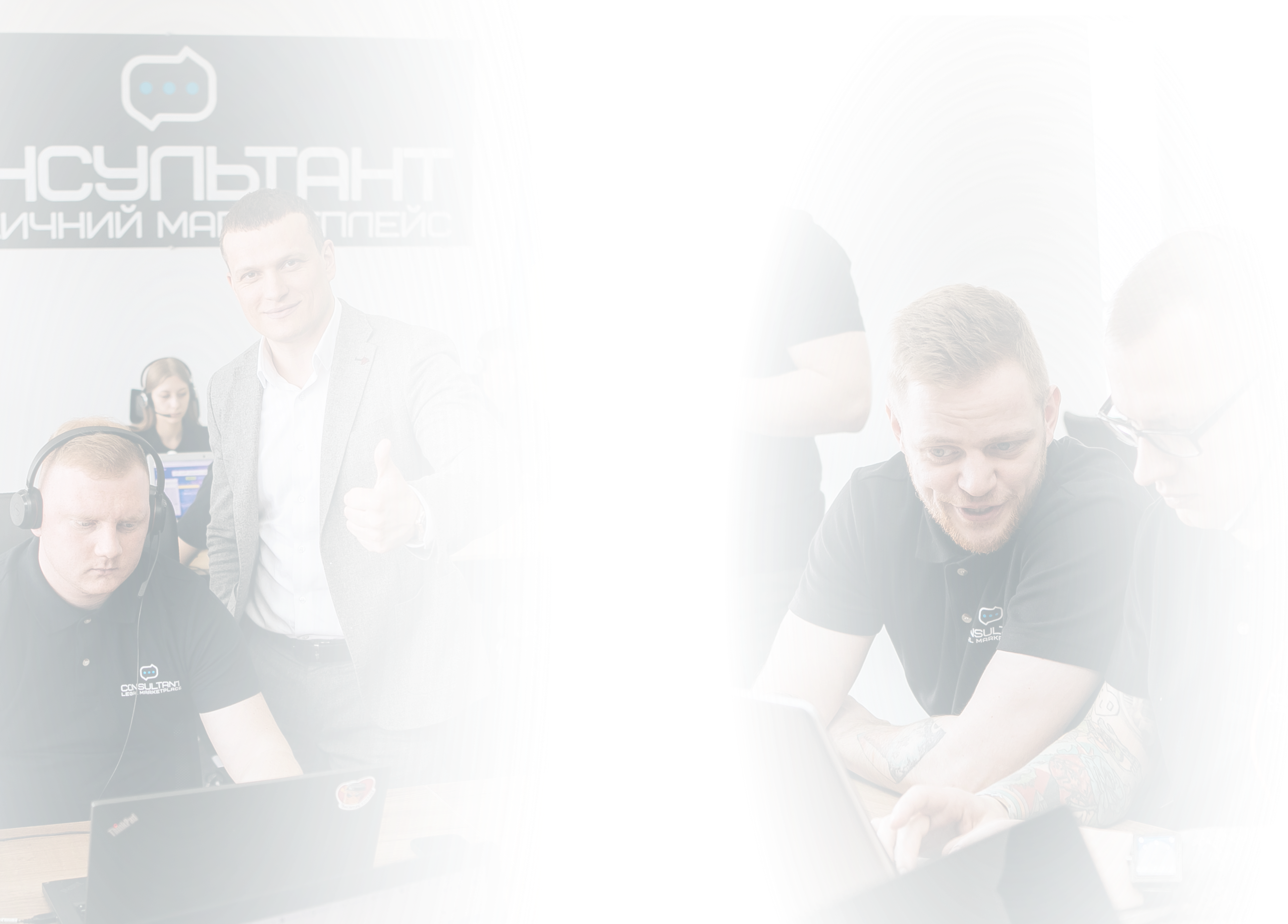I am studying in the third year of the State University of Economics and Technology.I specialize in contractual, economic and corporate law, in particular, I provide consultations and write articles.
Intellectual property dispute resolution often involves establishing the website owner or hosting provider. This is important for solving problems related to infringement of intellectual property rights, such as copyright, trademarks or patents. Here's how it usually happens:
Identifying the owner of the website
- Account: The website owner is the person or company that controls the account responsible for its operation and content. This is a person who has the right to set rules for the use of the site, publish content and manage resources.
- Registrant of the domain name: In the absence of evidence to the contrary, the owner of the website is considered to be the registrant of the domain name. A domain name is a unique identifier that provides access to a website, and domain name registration includes the owner's contact details.
- Hosting services: If the website is hosted by a third-party company, then the recipient of hosting services (the person or company that rents the server space) may also be held responsible for the content of the site, unless the hosting provider acts as an arbitrator in cases of infringement.
Definition of hosting service provider
- The role of the hosting provider: The hosting provider provides the technical infrastructure to store the website's data, but is usually not responsible for the content stored on its servers. However, in case of infringement of intellectual property, the hosting provider may be involved in the resolution of the dispute, especially if it concerns the removal of the content or the termination of its hosting.
- Contact details: Usually, contracts with hosting providers specify the terms and obligations of the parties, including mechanisms for resolving disputed situations. It is important to have access to the hosting provider's contact details for communication in case of need.
Procedure for establishing a website owner
- Domain name verification: Use WHOIS services to obtain contact information about the domain name registrar. This will help identify the person or company that registered the domain.
- Check your hosting provider: Check with your hosting provider to find out who owns the hosting account. They can provide information about the customer of hosting services.
- Contract analysis: Review the terms of the contract with the hosting provider and domain name registrar to understand the responsibilities and rights of the parties in case of disputes.
- Contacting a lawyer: If necessary, engage a lawyer to assist in identifying responsible persons and resolving legal issues related to infringement of intellectual property rights.
Actions in case of violation of intellectual property rights
- Formal Complaints: File a formal complaint with the hosting provider and domain name registrar, the website owner, if you suspect copyright or other intellectual property rights infringement.
- Legal action: If the problem cannot be resolved through negotiations, a lawyer can help you file a lawsuit to protect your rights.
- Documenting evidence: Keep all documents and evidence of the violation for later use in legal proceedings.
Alternative ways to determine the owner of the website:
In Ukraine, to establish the owner of the website, you can contact the Competence Center for the Address Passport of the Ukrainian Internet Segment. This is especially relevant in the context of combating violations of intellectual property rights, as the Center can help with obtaining information about the registration of domain names and their owners. Here's how you can do this process:
Question
What is the Address Passport Competence Center?
Answer
The Address Passport Competence Center (often called the "Address Passport Center" or similar) maintains a database of domain name registrations in the Ukrainian segment of the Internet (.ua). They have access to information about domain owners, registrars and hosting providers.
The procedure for applying to the Competence Center for an address passport:
- Information Gathering: Gather all information about the domain name or website you want to claim ownership of. This includes the exact URL, domain name and any other details that may be useful.
- Request preparation: Prepare a formal request to the Address Passport Competence Center. Include all details of the copyright or related rights infringement and clearly state what information you are looking for (for example, contact details of the domain owner).
- Submit a request: Send a request to the Competence Center. This can usually be done via e-mail, an online form on the Center's website, or other means of communication specified on their official website.
- Receiving a response: Wait for a response from the Center. They may provide domain owner information as permitted by their privacy policies and laws.
The effective way to update the website owner:
To establish the owner of the website in Ukraine, you can contact the OP "Ukrainian Information Network Center"
Question
What does the OP "Ukrainian Information Network Center" do?
Answer
The Ukrainian Information Network Center (UIMC) is the body responsible for the administration of domain names in the .ua. zone It provides technical support and maintenance of the domain registry in Ukraine.
The procedure for applying to the UIMC
- Gather Information: Gather all the details about the domain name or website you want to claim ownership of. This can include the exact URL and domain name.
- Request preparation: Write an official request to the UIMC. In the request, specify what exactly you want to know (for example, the contact details of the domain owner) and justify your request. In case of violation of intellectual property rights, provide relevant documents and evidence.
- Contacting the UIMC: You can contact the UIMC through their official website, where there may be a form for submitting a request or contact details for sending a request by e-mail.
- Waiting for a response: After submitting a request, UIMC will provide you with a response, which may contain information about the domain owner or instructions for further actions. It is important to note that the UIMTC can only provide information that is available in the public register.
Procedure for termination of copyright infringement over the Internet
Submitting a claim: A cease-and-desist claim is sent to the owner of the website or web page, or to the hosting service provider that provides the technical hosting of the website or web page.
Responsibilities of the website owner: The owner of the website or web page is required to take action within 48 hours of receiving the request. Prevent access to infringing digital content. Provide the applicant and the hosting service provider with information about the measures taken.
Hosting service provider: The hosting service provider also receives a copy of the statement and must be informed of the action taken.
Lawyer services in resolving disputes:
Here are the types of legal services that can be used to resolve such disputes:
- Pre-trial settlement of the dispute:
Lawyer consultation and legal analysis of the situation: The lawyers online conducts a consultation, assesses the circumstances of the violation, in particular, the type of violation, the amount of damages, the legal status of the parties and their rights.
Evidence Collection: All documents proving the infringement are collected, such as screenshots of web pages, samples of infringing content, and other relevant materials.
Legal services for the preparation and submission of a statement: A lawyer prepares a formal letter or statement to the website owner and/or hosting service provider demanding the termination of the violation. The statement must clearly state what kind of violation has occurred, the requirements for eliminating the violation, and the time frame for responding.
Verification of compliance: The lawyer monitors the response of the website owner or hosting provider, verifies compliance and, if necessary, conducts additional negotiations.
Negotiations and mediation: A lawyer can negotiate with the other party to reach an amicable settlement of the dispute, a possible agreement or compromise. If necessary, a mediator may be engaged to help resolve the dispute without going to court.
- Judicial settlement of the dispute:
Services of a lawyer in preparation for a trial: A lawyer advice prepares a statement of claim, which includes all grounds, evidence of infringement, legal arguments and demands for the court. The claim is submitted to the appropriate court (depending on the jurisdiction and specifics of the case).
Legal services for collection and preparation of evidence: The lawyer collects and prepares all the necessary evidence for the trial, including testimony, documents, expert opinions, etc.
Court proceedings: A lawyer represents the client's interests in court hearings, presents evidence, leads arguments and answers court questions. Additional settlement negotiations may be conducted during the trial to avoid lengthy litigation.
Execution of the court decision: The lawyer receives the court decision, checks it for compliance with the requirements and prepares documents for its execution. Organizes the execution of the court decision, which may include the elimination of the violation, compensation for damages and other requirements stipulated by the decision.
The services of a lawyer in the pre-trial and judicial settlement of disputes with the owner of the website can be critical to the successful resolution of the conflict, especially in matters related to the infringement of copyright or related rights. A lawyer help plays a key role in the protection of intellectual property rights, and his help can be crucial to the successful conclusion of a dispute with a website owner.




































